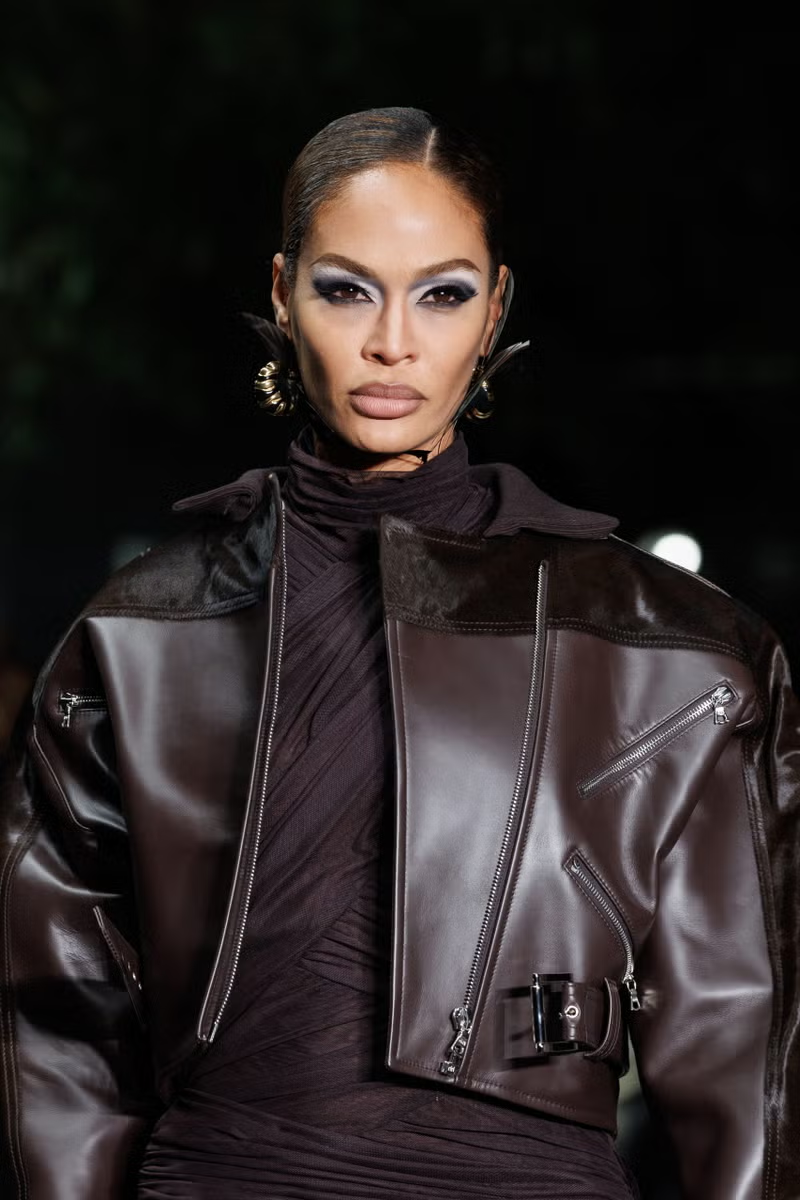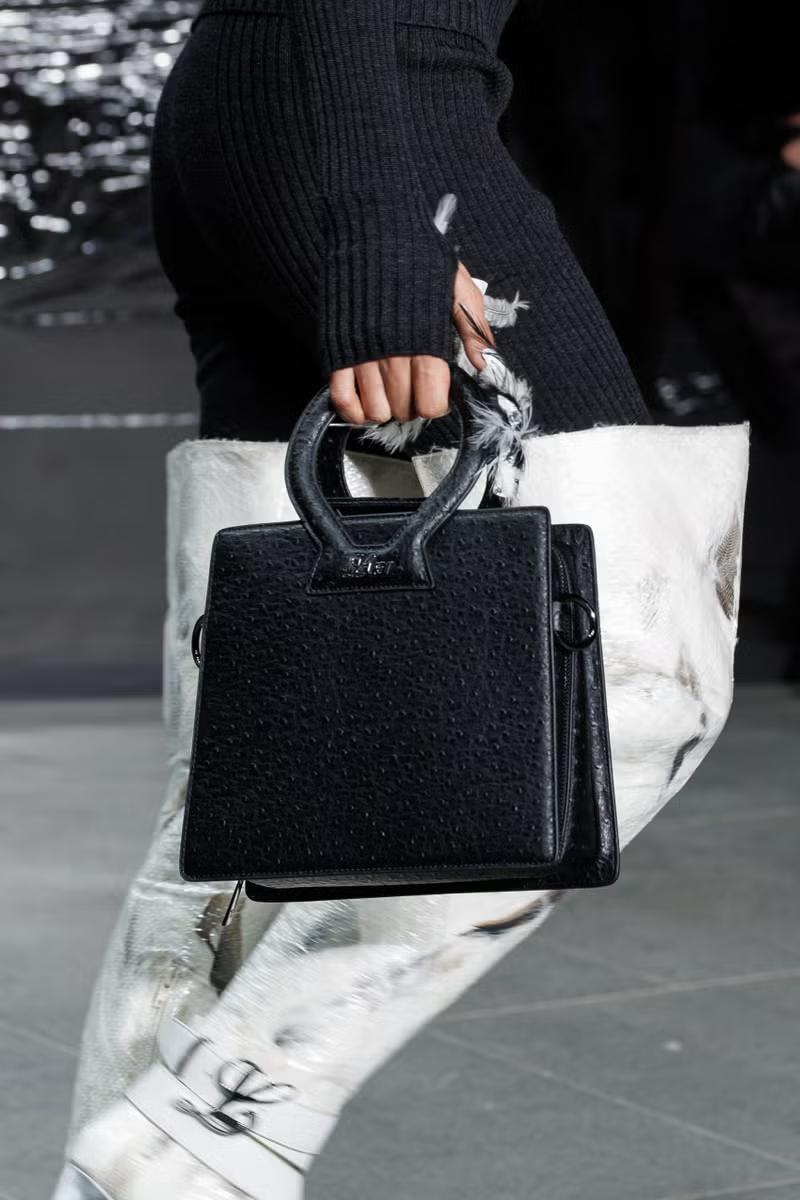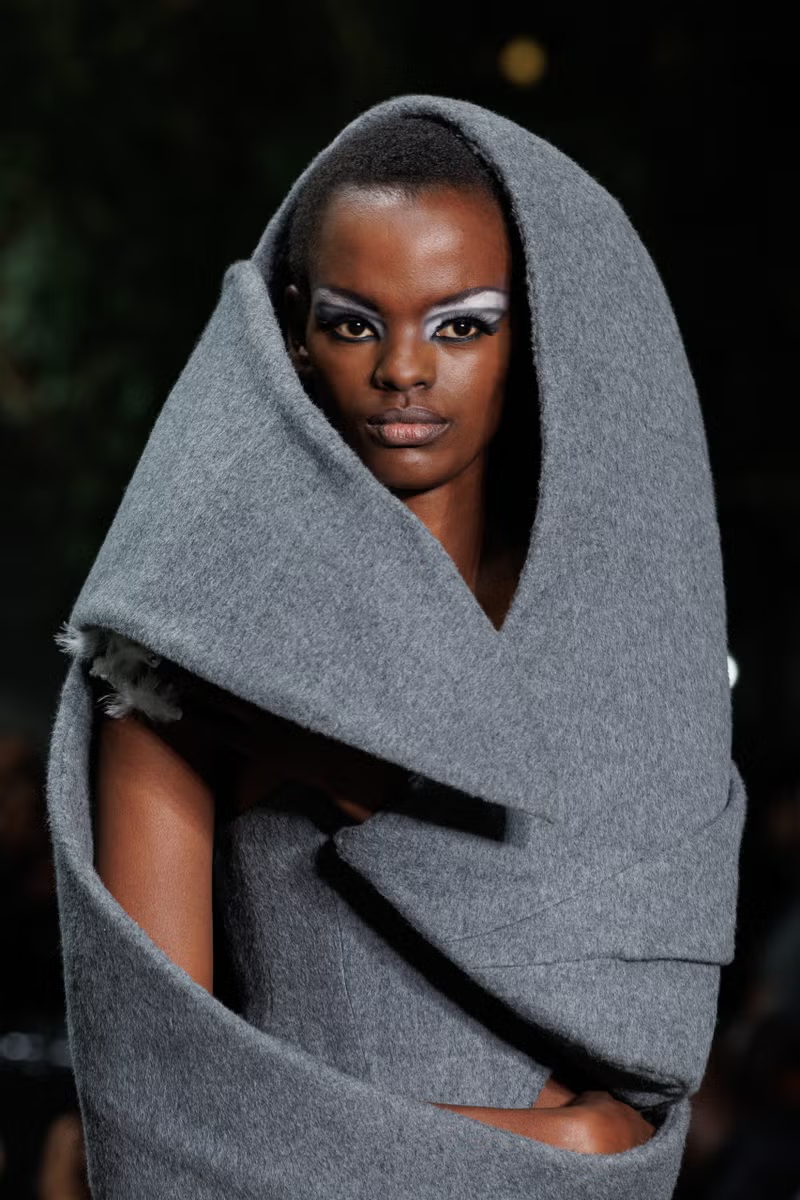Is New York still the fashion capital of the world? Exploring the impact of supporting emerging designers at NYFW and the city's fashion legacy
- Qui Joacin

- Feb 16
- 3 min read
New York Fashion Week (NYFW) has always been a stage where creativity thrives, where the latest trends and innovative designs emerge. But in the face of commercialized ‘superbrands’ and global corporate influence, we must ask: What about the up-and-coming designers? In a recent Vogue Business article, industry insiders, including Alexander Fury, pointed out a truth often overlooked — fashion will die without its new blood. This resonates deeply, especially when we consider the historical importance of cities like Paris, and the potential of New York to foster a unique blend of downtown edge alongside the uptown glamour that has come to define the city’s fashion legacy.
The Historical Perspective: From Halston to the New York Edge
Fashion is not static; it evolves, and much of that evolution stems from young, bold designers who challenge the status quo. Think back to Halston’s rise — he was not just a designer; he was a symbol of American fashion during the '70s. Without the nurturing support of the fashion ecosystem, including publicists, buyers, and show producers, the design community wouldn't have witnessed this evolution. Halston entered the Paris fashion competition and became one of the leaders of the American fashion scene. Today, we continue to see the need for people who help the new generation of designers show their work, bringing fresh ideas and perspectives into the fashion conversation.

The Importance of Downtown New York: A Call to Action
One of the key takeaways from Fury’s statement is the need for a broader representation of what New York fashion can be. He mentions the absence of brands like Telfar, which captures the downtown sensibility but doesn’t always have the resources or the visibility during NYFW. Emerging brands like Telfar, and those with a similar vision, need more support to be part of the narrative of New York Fashion Week. These brands represent not just a counterpoint to the polished superbrands but also an essential piece of the cultural mosaic that makes New York’s fashion scene unique.
Fury’s call to action is clear: “People should be helping them show.” It’s not enough to have the talent if the platform and support are lacking. Whether it’s financial backing, partnerships, or a network of creatives who believe in the vision, these young designers need to feel that they belong to the broader narrative of fashion’s future.
The Role of Fashion Institutions and Industry Insiders
Fashion institutions, organizations, and individuals with influence in the industry must prioritize the long-term vitality of fashion by championing young, emerging designers. Fury emphasizes that it is essential for “fashion bodies” to support and elevate those deserving of being seen.
As an example, Luar’s recent show was a perfect blend of gritty New York energy paired with innovative design, evoking the spirit of Stephen Sprouse and proving that downtown can have a place alongside the uptown tradition. Luar encapsulates the vision of what New York’s alternative fashion scene can look like — one that doesn't shy away from its roots but embraces the future. (Phot credits: Essence)

Marc Jacobs: A Reminder of Fashion’s Heartbeat
Fury also references Marc Jacobs, a stalwart in American fashion. His work continues to resonate as an example of what American designers can accomplish. Jacobs’ shows, as noted, are more than just runway spectacles; they represent a beacon of American fashion excellence. His ability to shape fashion while remaining deeply connected to the zeitgeist is a reminder that, while emerging designers need support, the established designers who helped shape the industry still have a crucial role to play.
Jacobs’ return to NYFW after six years highlighted the importance of seeing the work of the greatest American designer of the twenty-first century. His ability to translate a global vision for the world of fashion is one that should be celebrated and elevated.
Conclusion: We Need to Keep Fashion Moving Forward
To keep fashion alive and vibrant, we cannot ignore the need for young designers, fresh ideas, and diverse visions. As Fury and other industry insiders argue, fashion needs a balance — from downtown’s gritty edge to uptown’s polished glamour. It is not just about the brands at the top; it’s about creating spaces for the brands at the bottom to rise and create, because without them, the future of fashion may not be as bright. That includes supporting emerging designers at NYFW.
Let’s continue to champion those who push boundaries, redefine the norm, and breathe new life into the fashion ecosystem. New York, as well as other fashion capitals, must invest in these designers, helping to shape the future of fashion, one collection at a time.
.png)







Comments